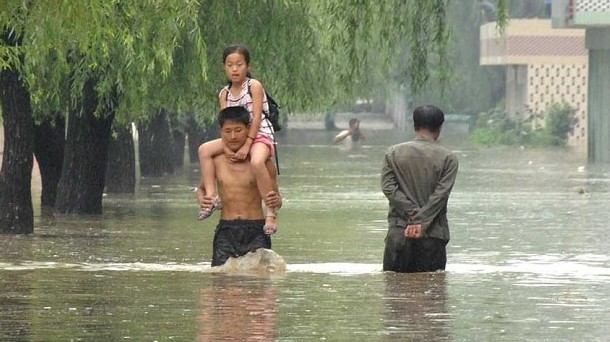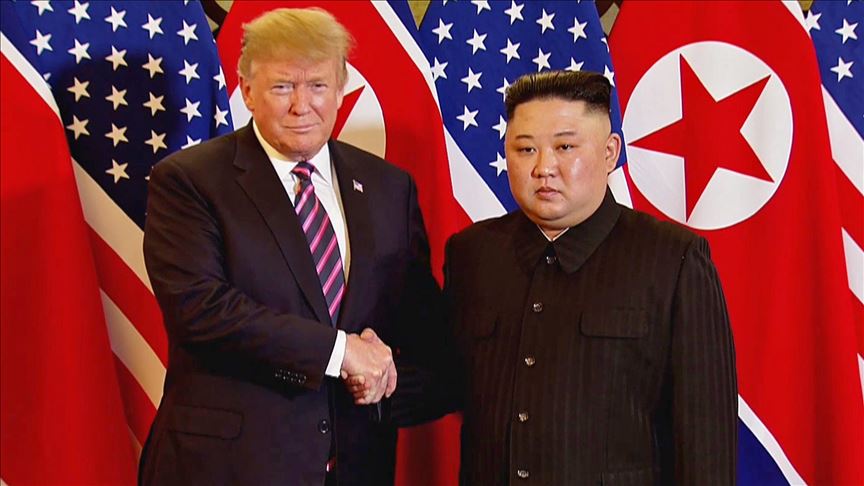Foods which hit parts of North Korea in the past few weeks have killed 169 people and left 400 missing, the state news agency announced on Saturday, sharply updating earlier casualty figures.
The floods and torrential rain between late June and the end of July also made 212,200 people homeless and washed away or inundated 65,280 hectares of cropland, the agency said.
United Nations agencies have visited the worst-hit areas to assess aid needs and the World Food Program (WFP) is sending an initial shipment of emergency food aid.
North Korea suffered a famine in the 1990s that killed hundreds of thousands and still struggles to feed its people even in normal times. It had been estimated by UN agencies, even before the current deluge, that three million people would need food aid this year.
More than 8600 houses were destroyed and another 43,770 swamped, and more than 1400 schools, hospitals and factories collapsed, the news agency said.
Official media had previously reported 119 deaths, with 84,000 people made homeless and 45,370ha of farmland damaged.
The WFP said its initial assistance would provide victims with an initial ration of 400 grams of maize a day for 14 days, after the UN assessment mission found considerable damage to maize, soybean and rice fields. The mission has said immediate food aid is needed for residents of the worst-hit counties such as Anju and Songchon in South Pyongan province and Chonnae in Kangwon province.
It also stressed that tens of thousands of families urgently need clean drinking water to prevent disease. Wells had been contaminated by overflowing latrines, creating a high risk of a diarrhoea outbreak, while floods had damaged water sources and pumping stations. Citing North Korean government figures, the UN mission said about 50,000 families would need purification tablets or other help to secure clean water.
The UN children’s fund UNICEF has ordered 10 million tablets along with other materials. Drugs and IV fluids were also badly needed.
The assessment mission said on Thursday a hospital in Chonnae county had already seen a fourfold rise in diarrhoea cases
“In general, unless … needs are addressed, rapid increase in diarrhoea, skin infection and respiratory infections could occur,” it said in a report.
Outdated and inefficient agricultural practices, along with a shortage of fertiliser and diversion of food to the military, have contributed to the annual food shortages.
Mountainous North Korea is also short of arable land. Widespread deforestation, partly to clear land for crops, has made the impoverished nation increasingly prone to serious flooding which ends up washing away the harvest.
In February, the US reached a deal to offer North Korea 240,000 tonnes of food in return for a freeze on nuclear and missile tests.
But the plan was scrapped after Pyongyang’s failed rocket launch in April, seen by the US and its allies as an attempted ballistic missile test.




